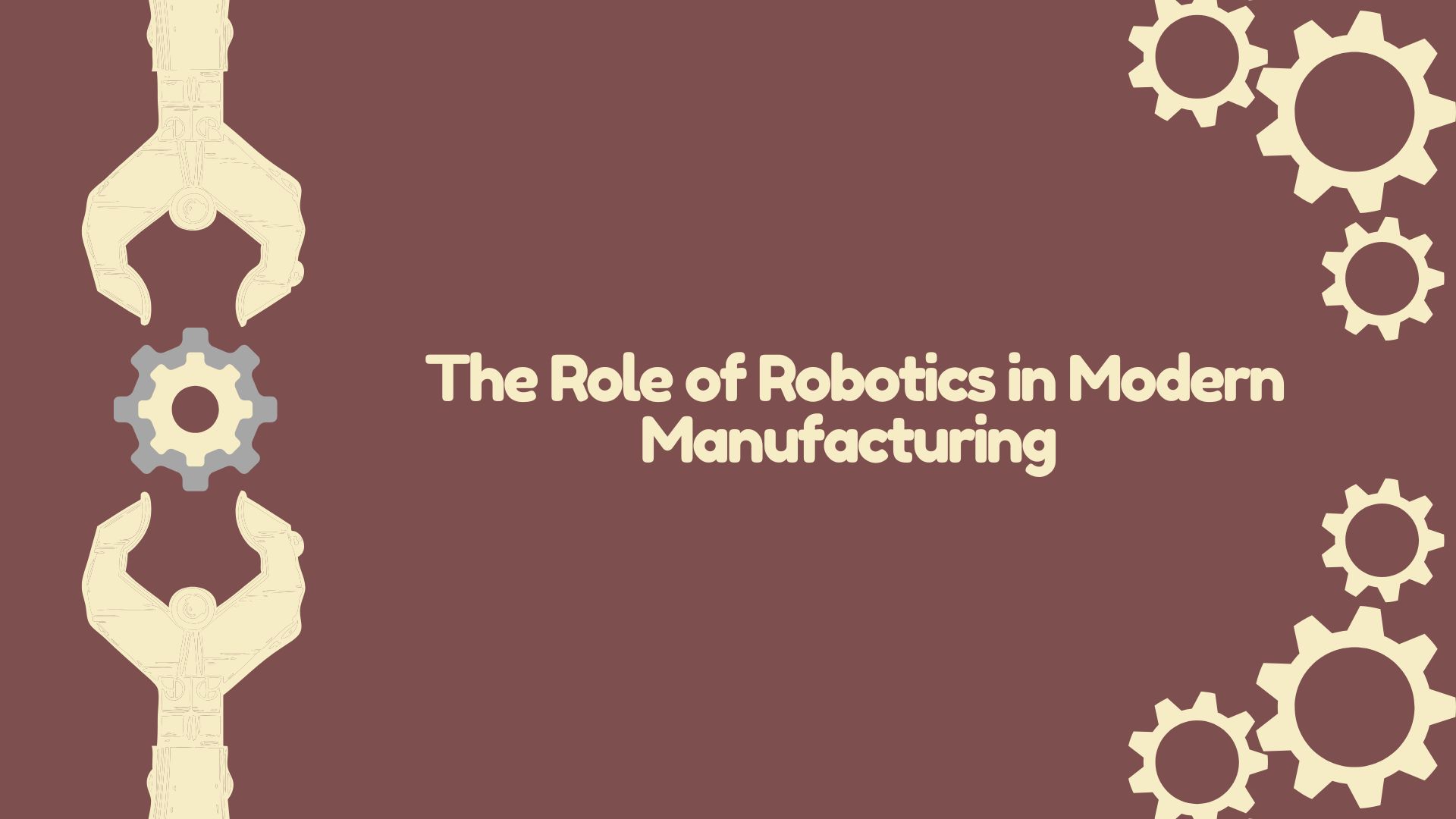ntroduction: Robotics is playing an increasingly pivotal role in modern manufacturing. By automating repetitive tasks, enhancing precision, and improving safety, robots are revolutionizing the production process. This blog explores the various applications of robotics in manufacturing, the benefits they bring, and the future outlook of robotic integration in the industry.
Body:
- Introduction to Robotics in Manufacturing: Robots have been used in manufacturing for decades, but recent advancements in technology have significantly expanded their capabilities. Modern robots are more versatile, intelligent, and easier to integrate into production lines.
- Key Applications of Robotics:
- Assembly: Robots are used to assemble products with high precision, ensuring consistent quality.
- Material Handling: Automated systems transport materials efficiently, reducing the risk of injury and improving workflow.
- Welding and Painting: Robots perform these tasks with high accuracy, leading to better finishes and reduced waste.
- Quality Control: Advanced robots equipped with sensors and cameras inspect products for defects, ensuring high standards of quality.
- Benefits of Using Robotics:
- Increased Productivity: Robots can operate continuously without breaks, significantly boosting production rates.
- Cost Savings: Automation reduces labor costs and minimizes errors, leading to lower production costs.
- Enhanced Safety: Robots can handle dangerous tasks, reducing the risk of workplace injuries and improving overall safety.
- Improved Quality: Consistent and precise robotic operations result in higher-quality products with fewer defects.
- Challenges and Considerations: While robotics offers numerous benefits, there are challenges to consider, such as the high initial investment and the need for skilled workers to manage and maintain robotic systems. Additionally, companies must address potential job displacement concerns by upskilling employees for new roles.
- The Future of Robotics in Manufacturing: The future of robotics in manufacturing looks promising, with advancements in artificial intelligence and machine learning further enhancing robotic capabilities. Collaborative robots (cobots) that work alongside human workers are becoming more common, enabling greater flexibility and efficiency.
Conclusion: Robotics is transforming the manufacturing industry by increasing productivity, improving quality, and enhancing safety. As technology continues to evolve, the integration of robots in manufacturing will become even more prevalent, driving further innovation and efficiency. Embracing robotics is essential for manufacturers looking to stay competitive in the modern market.









